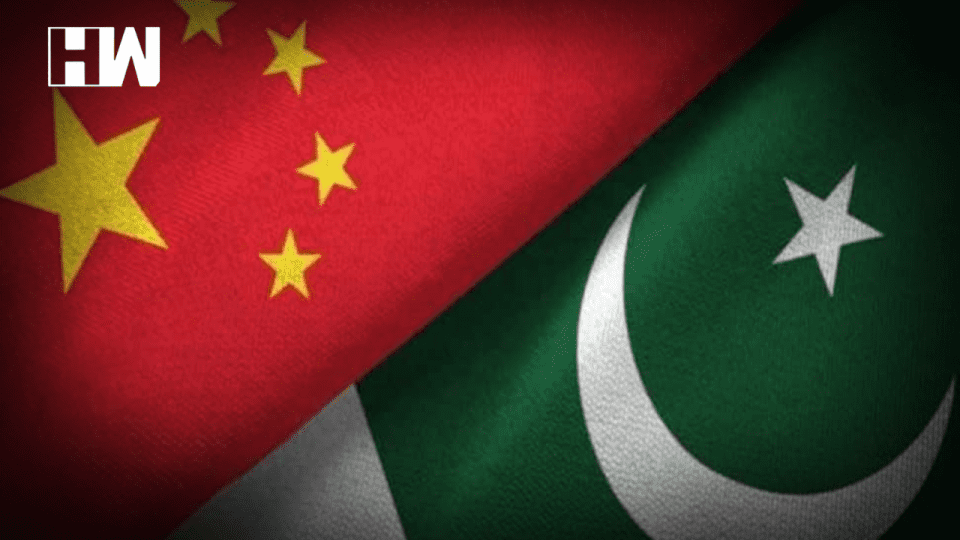While China is to blame for much of Pakistan’s debt, successive governments’ mismanagement of the country’s economy has led to the current deadlock, according to the Italian journal Osservatorio Globalizzazione.
Islamabad: According to Asian News International (ANI), Pakistan’s already ailing economy faced another setback when China recently demanded USD 55.6 million in payments for the Lahore Orange Line Project by November 2023, according to the Italian journal Osservatorio Globalizzazione.
Meanwhile, the State Bank of Pakistan’s foreign exchange reserves plummeted by a considerable USD 2.915 billion at the end of March due to external debt repayment. As a result, Pakistan faces a grim economic future regarding relations with China.
The Chinese business, China-Railway North Industries Corporation (CR-NORINCO), which finished the Lahore Orange Line Project in 2020, has sought USD 45.3 million from the Punjab Mass Transit Authority by the end of March 2023, with the remaining USD 10.5 million due by the end of the year. According to Osservatorio Globalizzazione, CR-NORINCO has asked that all dues be repaid before the contract expires on November 16, 2023.
Regarding repaying its loans and other investments in Pakistan, China has struck a harsh bargain with the country. Pakistan paid roughly USD 150 million in interest to China for using a USD 4.5 billion Chinese trade credit facility in the fiscal year 2021-2022. Pakistan paid USD 120 million in interest on USD 3 billion in loans for 2019-2020, as reported by ANI.
The Chinese demanded payment for the Lahore Line in the first week of April 2022, when the new political government led by Prime Minister Shehbaz Sharif had just taken power. Previously, at the beginning of March 2022, China agreed to roll over a massive USD 4.2 billion loan repayment to provide significant assistance to its all-weather friend, according to Osservatorio Globalizzazione.
China has been quite strict in recouping funds from Pakistan. Take, for example, Pakistan’s energy sector, where Chinese investors have repeatedly insisted on settling disputes with current project sponsors to attract new investment.
Due to Pakistan’s enormous energy industry cyclical debt of over USD 14 billion, specific Chinese projects in Pakistan have difficulty obtaining insurance for their loans in China.
Pakistan owes Chinese electricity producers approximately USD 1.3 billion, of which only USD 280 million has been paid. Another well-documented example of China’s aggressive bargaining over monetary dealings with Pakistan is the Dasu Dam Project. China sought USD 38 million in compensation for the families of the 36 engineers killed in the Dasu Dam terror incident last year.
Compensation was made a requirement for the project’s continuation. To appease China, Pakistan agreed to pay USD 11.6 million in compensation.
While China is to blame for much of Pakistan’s debt, successive governments’ mismanagement of the country’s economy has led to the current impasse.
Extensive loans from China, Saudi Arabia, and Qatar, as well as 13 IMF loans spanning 30 years (with most loan programmes called off in the middle due to failure to meet loan criteria), are a key cause of the economic crisis.
ANI reported that the 2019 USD 6 billion IMF loan is also on hold, and China has responded to Pakistan’s repeated demands for assistance.
This method has not paid dividends and is merely increasing Pakistan’s debt. According to Osservatorio Globalizzazione, Pakistan must constantly monitor developments in Sri Lanka since it could be the following country to suffer the repercussions of bad economic policies and significant debt burdens.
As an independent media platform, we do not take advertisements from governments and corporate houses. It is you, our readers, who have supported us on our journey to do honest and unbiased journalism. Please contribute, so that we can continue to do the same in future.

